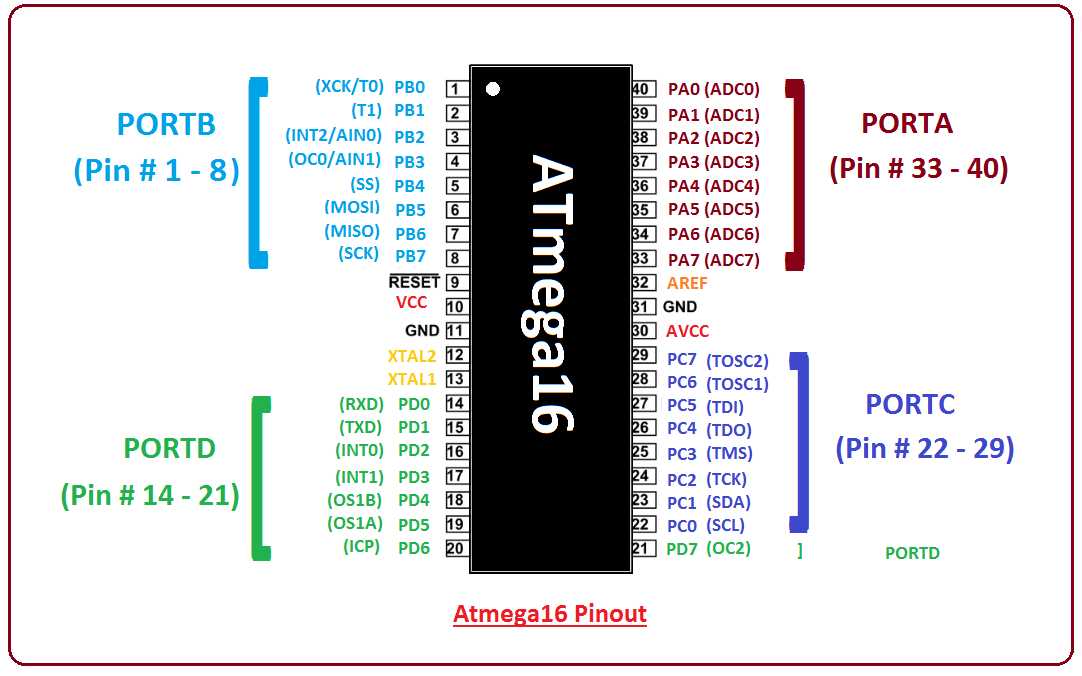
In the fast-paced world of microcontrollers, few names carry the weight and reputation of the Atmega16. This remarkably powerful and versatile piece of technology has become a cornerstone of countless electronic projects and systems, providing engineers and developers with an array of possibilities and unparalleled flexibility.
Within this comprehensive guide, we will take an in-depth look at the remarkable features and capabilities of the Atmega16 microcontroller. From its robust architecture to its ability to execute complex instructions with precision and efficiency, we will explore how this device has revolutionized the field of embedded systems.
By delving into the intricacies of the Atmega16’s numerous peripherals and specialized modules, we will discover how it can seamlessly integrate with various input and output components, making it a preferred choice for a wide range of applications. From controlling motors and sensors to managing communication protocols, the Atmega16’s versatility knows no bounds.
Whether you are an experienced engineer, a hobbyist seeking to expand your knowledge, or a student looking to delve into the world of microcontrollers, this article is designed to be your comprehensive resource on the Atmega16 microcontroller. Join us as we unlock the potential of this remarkable device and explore the countless projects it can bring to life.
An Overview of AVR Microcontrollers
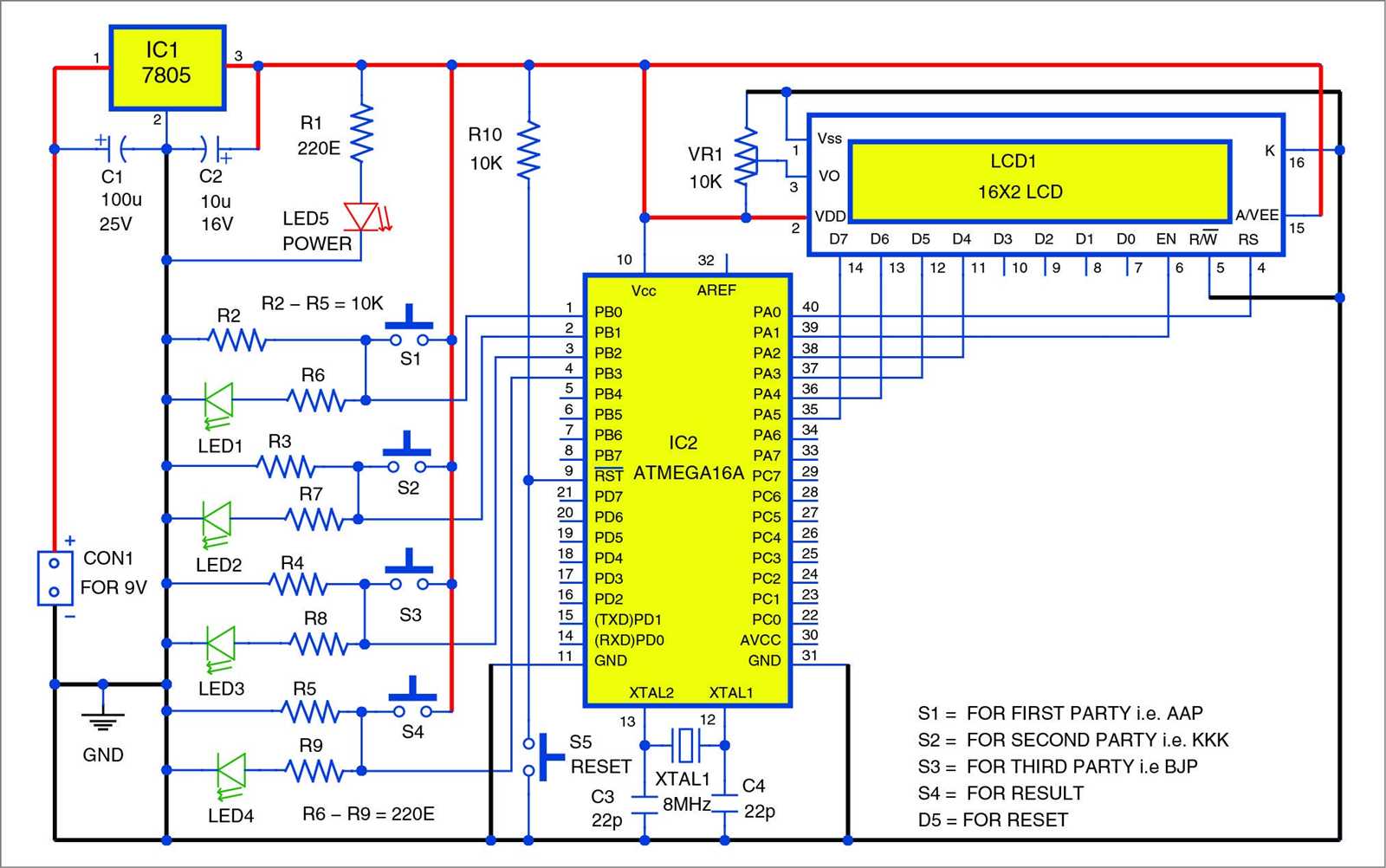
In this section, we will provide a comprehensive overview of the AVR microcontroller family, highlighting its key features, applications, and advantages. Microcontrollers play a crucial role in powering numerous electronic devices and systems, offering efficient and reliable functionality in a compact form factor.
Introduction to AVR Microcontrollers
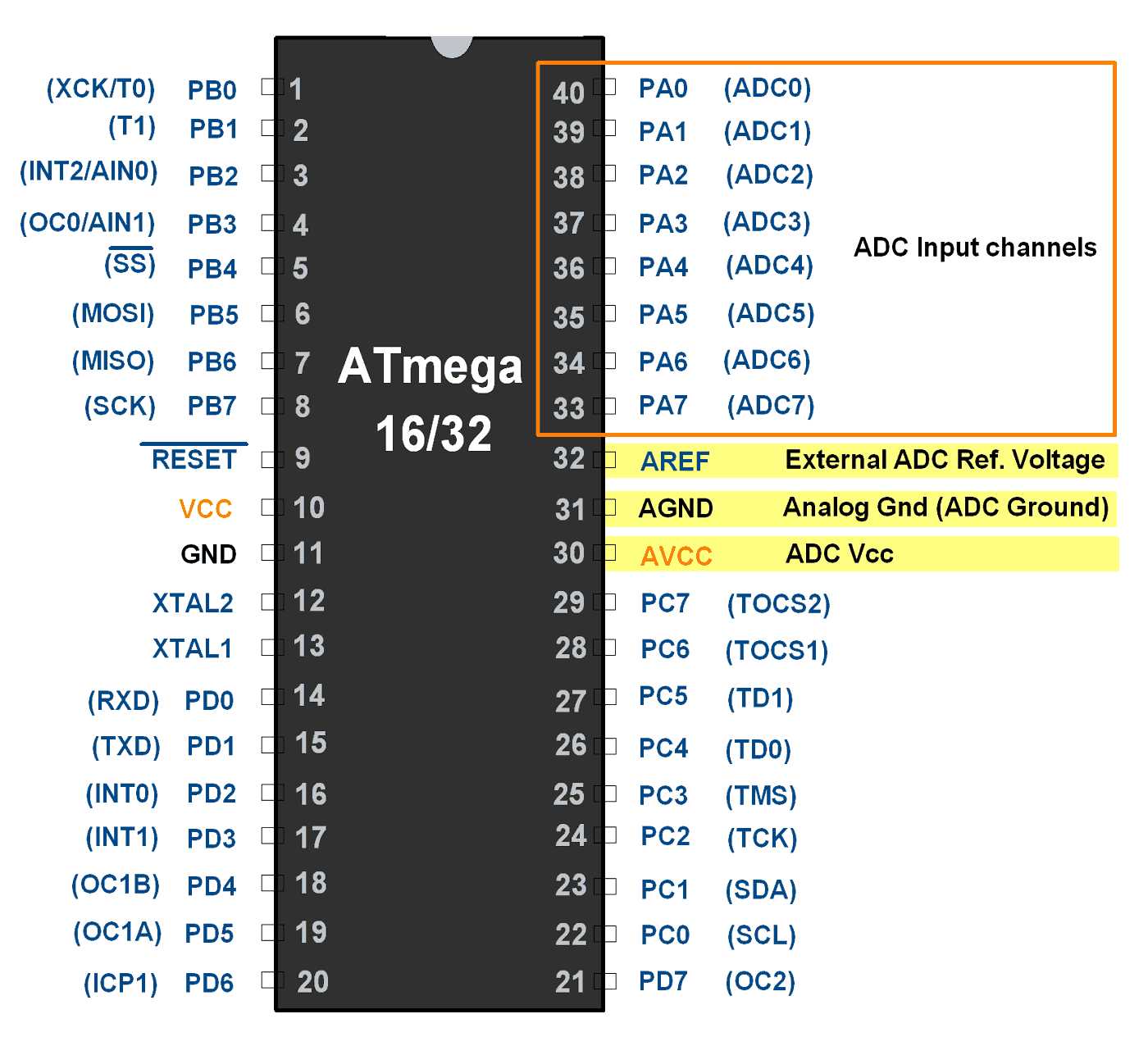
AVR microcontrollers are a family of advanced embedded systems that are widely used in various industries, including consumer electronics, automotive, industrial automation, and telecommunications. These microcontrollers are renowned for their high-performance capabilities, low power consumption, and versatile design options.
AVR microcontrollers incorporate a rich set of features such as a versatile instruction set, ample program memory, advanced peripheral interfaces, and powerful integrated development tools. These features enable developers to design and implement a wide range of applications, including but not limited to, smart home systems, wearable devices, robotics, and Internet of Things (IoT) applications.
Advantages of AVR Microcontrollers

One of the key advantages of AVR microcontrollers is their low power consumption, which makes them highly suitable for battery-powered devices and energy-efficient applications. Additionally, AVR microcontrollers boast a robust architecture, allowing for excellent performance and responsiveness. Their efficient instruction execution and optimized code density enable developers to achieve faster and more reliable application execution.
Another notable advantage of AVR microcontrollers is their extensive range of built-in peripherals, including UART, SPI, I2C, timers, and PWM modules. These peripherals simplify the integration and communication with external devices and components, reducing the overall development time and effort.
Moreover, AVR microcontrollers offer a wide range of memory options, including Flash memory for program storage and EEPROM for data storage. This flexibility provides developers with ample space to store their program code and data, enabling them to create complex and feature-rich applications.
In conclusion, AVR microcontrollers stand as a highly reliable and versatile choice for various embedded applications. Their low power consumption, robust architecture, extensive peripheral support, and ample memory options make them a preferred platform for developers in diverse industries.
The Features and Specifications of ATmega16

In this section, we will explore the various features and specifications of the advanced microcontroller, ATmega16. This powerhouse microcontroller offers an array of functionalities, making it a popular choice among electronic enthusiasts and professionals alike.
Efficient Performance

ATmega16 boasts an impressive clock frequency, enabling it to execute instructions at high speeds. It is equipped with a robust architecture that ensures fast and efficient processing of data, making it ideal for applications that require real-time processing capabilities.
Versatile I/O Options

With a wide range of I/O options, ATmega16 can seamlessly connect with various external devices, enabling it to handle multiple tasks simultaneously. Its configurable I/O pins make it incredibly versatile, allowing users to tailor their applications to specific requirements.
The microcontroller also supports numerous communication protocols, including USART, SPI, and I2C, facilitating seamless data exchange with external devices.
Additionally, ATmega16 offers several built-in peripherals, such as timers, PWM channels, ADC, and UART, further enhancing its flexibility and usability.
Robust Memory
ATmega16 provides ample memory capacity, allowing users to store and retrieve large amounts of data. It features a generous program memory size, enabling the implementation of complex algorithms and applications.
The microcontroller also offers an extensive EEPROM memory, offering non-volatile storage for critical data, even in cases of power interruptions.
Power Efficiency
ATmega16 implements various power-saving techniques, ensuring efficient energy usage and extending battery life in portable applications. It offers multiple sleep modes that enable the microcontroller to conserve power when in inactive states.
Furthermore, ATmega16 incorporates a low-power voltage regulator, providing stable power supply even in fluctuating input voltage conditions.
In conclusion, ATmega16 stands as a remarkable microcontroller with its impressive performance, versatile I/O options, robust memory capacity, and power efficiency. Its diverse features and specifications make it a reliable choice for a wide range of electronic projects and applications.
A Detailed Explanation of the ATmega16 Pinout and Architecture
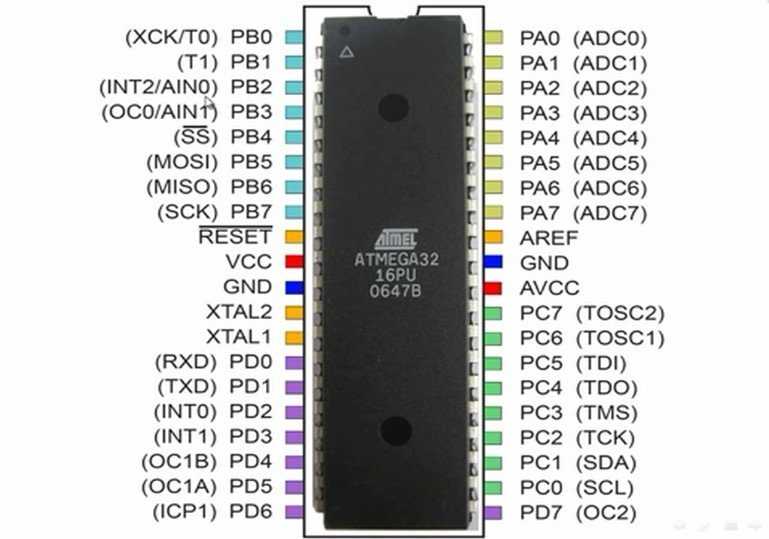
In this section, we will provide a comprehensive overview of the pinout and architecture of the highly popular microcontroller, the ATmega16. Understanding the pin configuration and internal structure of the ATmega16 will enable developers to effectively utilize its capabilities and maximize the performance of their projects.
The Pinout of the ATmega16
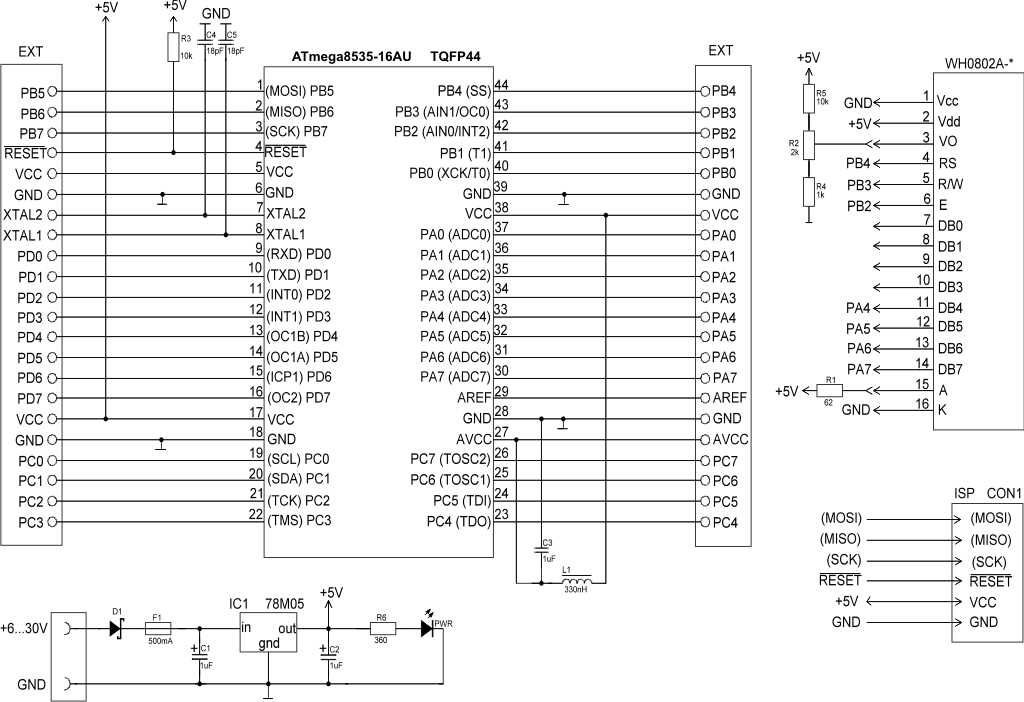
The ATmega16 features a carefully designed pinout that allows for the efficient connection of various external components and peripherals. With a total of 40 pins, the microcontroller offers a wide range of input and output options, including digital and analog I/O, interrupt pins, and communication interfaces. Each pin serves a specific purpose and has its unique functionalities, ensuring flexibility and versatility in circuit design.
Furthermore, the pinout arrangement of the ATmega16 is optimized for easy integration with popular development boards and prototyping platforms, simplifying the process of creating prototypes and transitioning to mass production. This user-friendly design promotes rapid prototyping and facilitates the seamless integration of the microcontroller into different applications.
The Architecture of the ATmega16
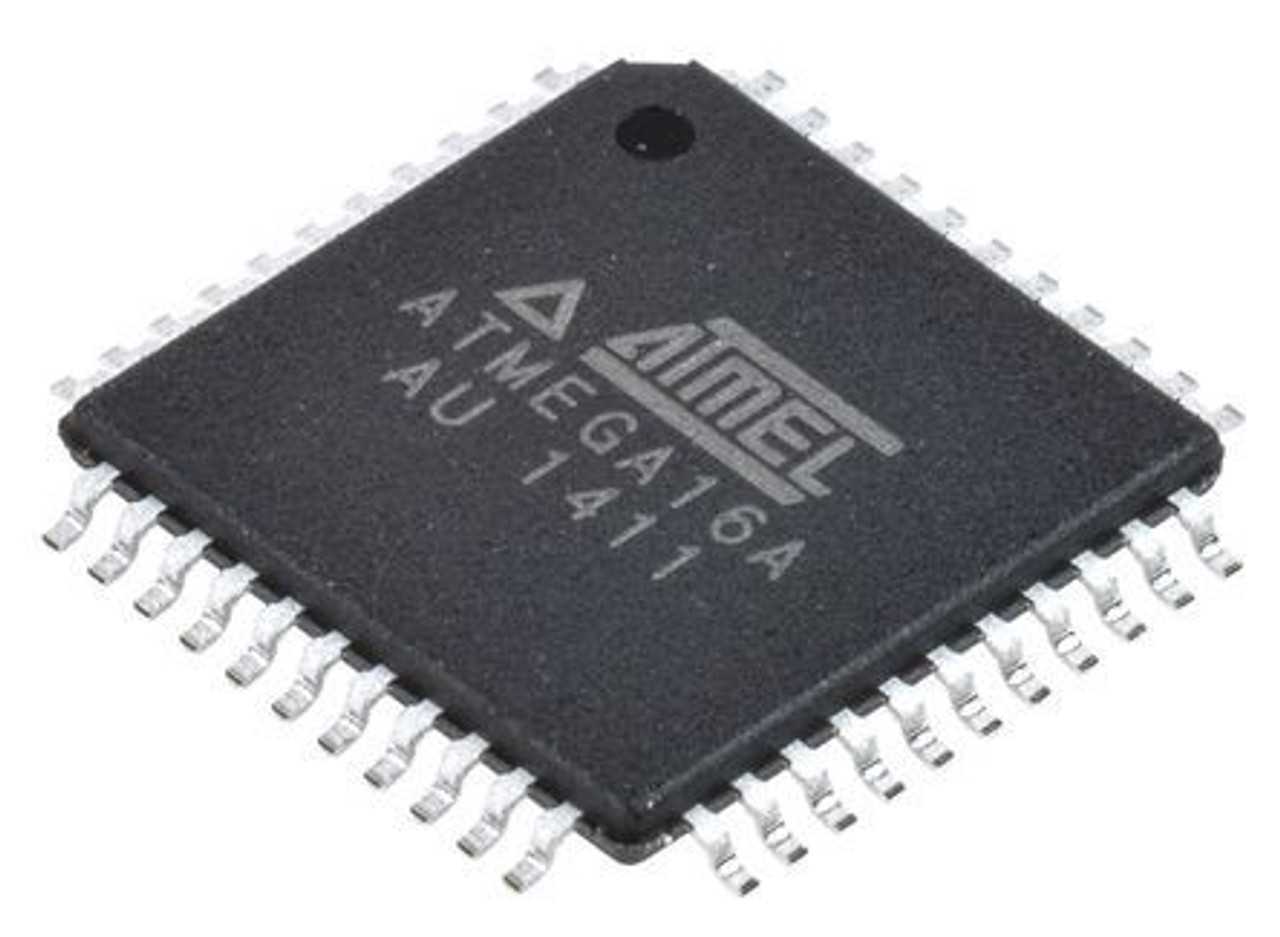
The ATmega16 employs a robust architecture that combines a high-performance CPU with a rich set of peripherals, making it suitable for a broad range of applications. At its core lies an advanced 8-bit AVR RISC-based microcontroller, which offers efficient and powerful computation capabilities while minimizing power consumption.
Within the ATmega16, the CPU is complemented by a comprehensive set of internal resources, including memory units, timers, and communication interfaces. These peripherals enhance the microcontroller’s functionality by providing additional features such as data storage, precise timing, and seamless integration with other devices.
Moreover, the architecture of the ATmega16 incorporates various advanced features, such as multiple power-saving modes, hardware and software stack, and extensive interrupt handling. These features contribute to the microcontroller’s energy efficiency, allowing for extended battery life in portable and power-sensitive applications.
In summary, a thorough understanding of the pinout and architecture of the ATmega16 is crucial for developers aiming to harness the full potential of this versatile microcontroller. By comprehending the pin configuration and internal structure, developers can design optimized circuits, maximize performance, and create innovative applications.